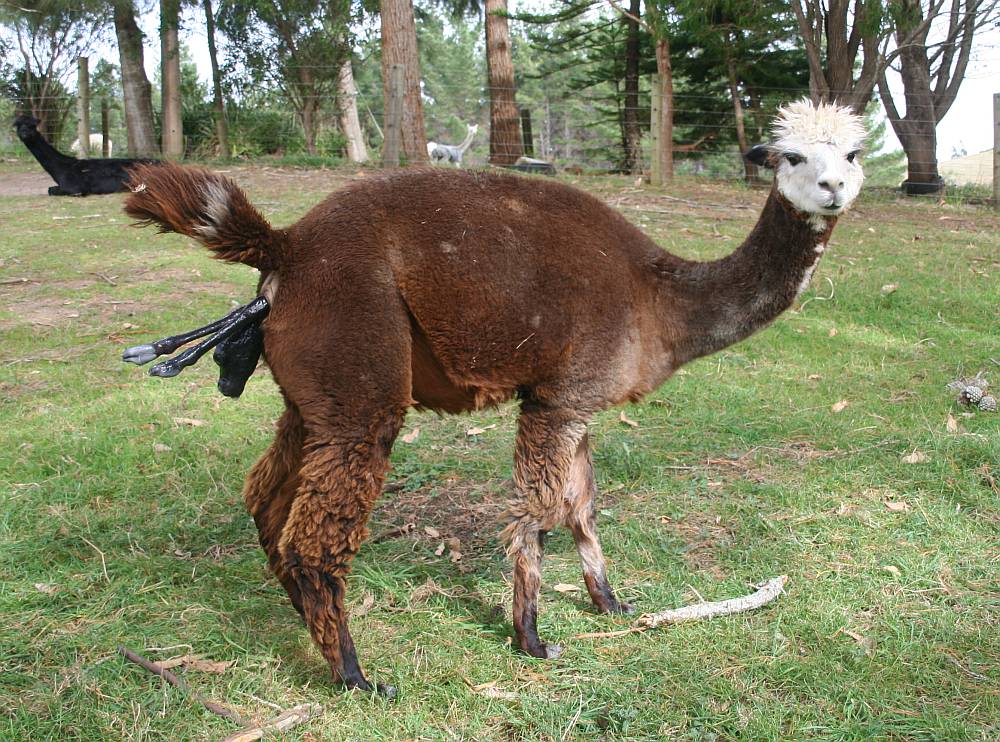Stages of Birth
There are three stages to the birthing process – preparation, birthing, placenta passing.
Stage 1 preparation is when contractions start. Usually, the female is restless and will move away from the herd. Not all alpaca show that they are preparing to birth.
Stage 2 birthing. You may see the water bag appear or fluid or dampness on the dam once the bag has ruptured. Both front legs and the head of the cria appear in a normal delivery. Once the head and legs appear, birthing should occur within 30 minutes. If it goes any longer without progression, you or your vet may need to intervene.
Stage 3 placenta passing should happen within 2 hours of birth. Let the placenta drop out naturally – do not pull it. If the placenta does not come within 6-8 hours (or overnight for a late in day birth), call your vet.
Neo Natal Check
Check out the cria from nose to tail.
Clear the airway of any mucus.
See if the teeth are thru the gum. See if the mouth and palate is ok.
See if the cria is breathing normally thru its nose.
See if the eyes look the same, or whether there is a difference. Cria can be born with two different coloured eyes, but what you look for is an opaque eye that would indicate blindness or infection.
See if the ears are up or floppy.
See if the toenails are soft and heavily covered with membrane, or whether they look normal and are just waiting to dry and harden.
Take off any membrane (looking like a cling wrap), especially around the neck and face. When the membrane dries and is not broken apart it can form a tight noose around the neck or nose or leg of the cria.
Check the naval on the belly and apply iodine to the naval. Check the genitals.
Then leave the cria and dam to bond.
Later, weigh the cria. And check that the cria has exactly 4 teats on the belly (for both males and females).
Prematurity and/or Dysmaturity
If you have a premature cria (born much earlier than due date) or a dysmature cria (full term but not fully developed), it will need extra attention.
Signs of a dysmature or premature cria are:
Sunken eyes. Floppy ears.
Teeth not erupted through the gum.
Toenails not fully developed and/or a lot of heavy membrane around the toes.
Floppy joints and/or can’t straighten legs. Unable to hold up its neck/head.
Cria is not up within an hour
Premature and dysmature cria need extra and special attention, especially if they are not strong enough to get up or hold their head up to nurse. They need overnight shelter for the first week and to be kept out of the rain. In some cases, the cria may be too weak to drink. Consult your vet on tube feeding.
Premature cria or cria with a birth weight under 5kgs will need a lot of support, a dose of multivitamin B and heaps of TLC.




